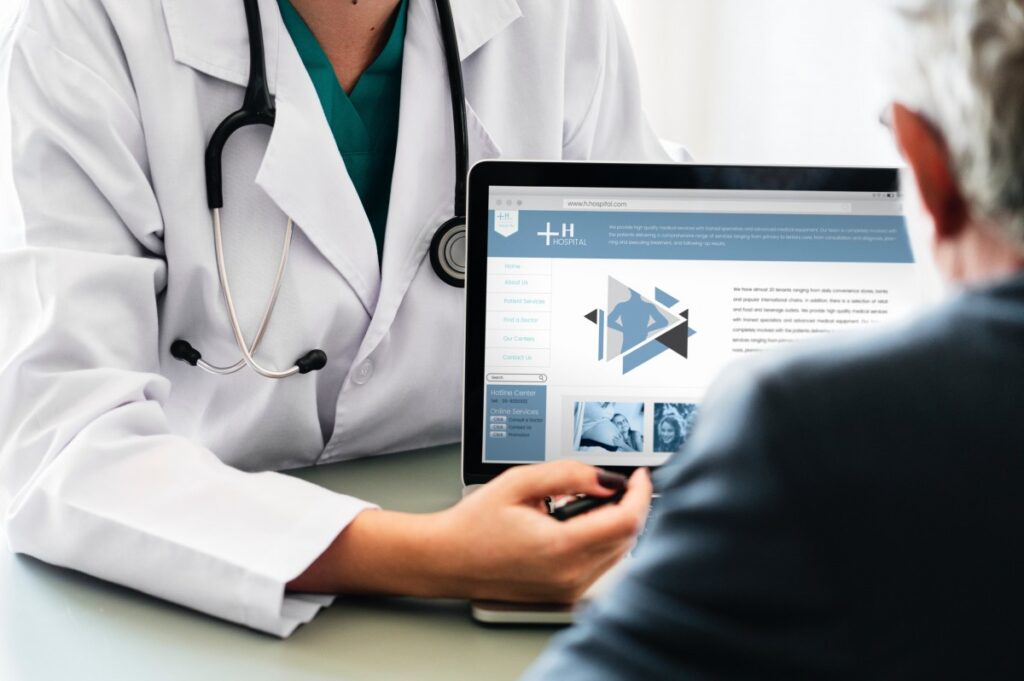The Internet of Things (IoT) has permeated nearly every aspect of our daily lives, from smart home devices to connected vehicles. In recent years, the application of IoT in the healthcare industry has given rise to a new paradigm known as the Internet of Medical Things (IoMT). IoMT refers to the interconnected network of medical devices, sensors, software, and other healthcare technologies that collect and transmit patient data for analysis and decision-making. This transformative technology has the potential to revolutionize healthcare by enhancing patient care, improving outcomes, and reducing costs.
The IoMT Ecosystem
The IoMT ecosystem encompasses a wide array of medical devices and applications that are integrated into the healthcare system. These devices can include wearables such as fitness trackers, smartwatches, and biosensors that continuously monitor vital signs, activity levels, and other health-related metrics. Additionally, there are implantable medical devices, such as pacemakers and insulin pumps, that can transmit real-time data to healthcare providers.
Healthcare organizations can leverage IoMT devices and platforms to gather patient data remotely, allowing for more frequent monitoring and early detection of health issues. This continuous data stream enables healthcare professionals to gain deeper insights into a patient’s health status and tailor personalized treatment plans.
Advantages of IoMT in Healthcare
- Improved Patient Monitoring: IoMT devices enable real-time monitoring of patients, making it easier to detect subtle changes in their condition. This level of vigilance can be particularly beneficial for patients with chronic diseases or those in critical care.
- Enhanced Treatment Compliance: IoMT devices can send reminders and alerts to patients, ensuring that they adhere to their treatment plans and medication schedules. Improved compliance leads to better treatment outcomes and reduced hospital readmissions.
- Early Disease Detection: IoMT devices allow for early detection of health issues, enabling prompt intervention and potentially preventing more severe complications.
- Remote Patient Care: IoMT facilitates remote patient care, especially useful for patients in remote areas or with limited mobility. It reduces the need for frequent in-person visits, saving time and costs for both patients and healthcare providers.
- Efficient Resource Management: IoMT data can help healthcare organizations optimize resource allocation, streamline workflows, and reduce operational costs.
- Data-Driven Insights: The vast amount of data generated by IoMT devices can be analyzed to identify patterns, trends, and potential risk factors, leading to evidence-based decision-making.
- Telemedicine Advancement: IoMT complements telemedicine services, allowing healthcare providers to offer virtual consultations and monitor patients remotely more effectively.
Challenges and Concerns
Despite its promising potential, the widespread adoption of IoMT in healthcare faces certain challenges and concerns:
- Data Security and Privacy: With the increasing amount of sensitive patient data being transmitted and stored, ensuring robust cybersecurity measures is critical to protect patient privacy and prevent data breaches.
- Interoperability: The compatibility and seamless integration of various IoMT devices and systems remain a significant challenge. Standardization efforts are ongoing to address this issue.
- Regulatory Compliance: IoMT devices must comply with stringent regulatory requirements to ensure their safety and efficacy. Navigating the regulatory landscape can be complex and time-consuming for manufacturers.
- Data Accuracy and Reliability: The accuracy and reliability of IoMT data are essential for making informed decisions. Device malfunctions or inaccuracies in data collection can lead to misdiagnosis or incorrect treatment plans.
- Health Inequality: While IoMT has the potential to improve healthcare accessibility, it can also exacerbate health disparities for individuals who lack access to technology or live in underserved areas.
